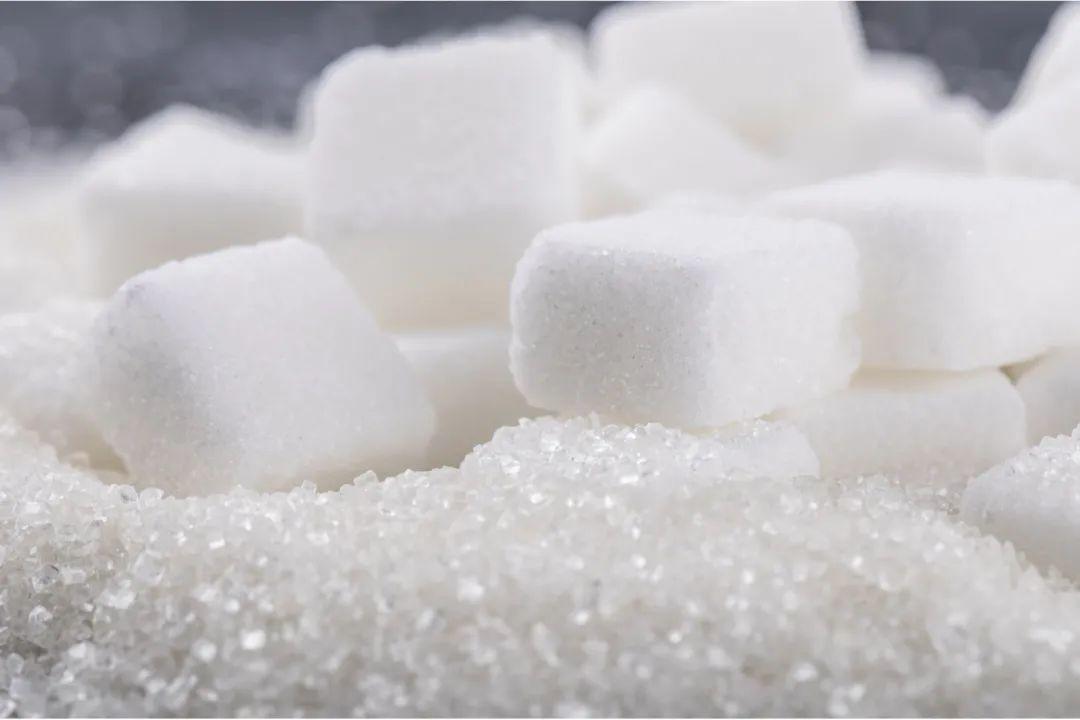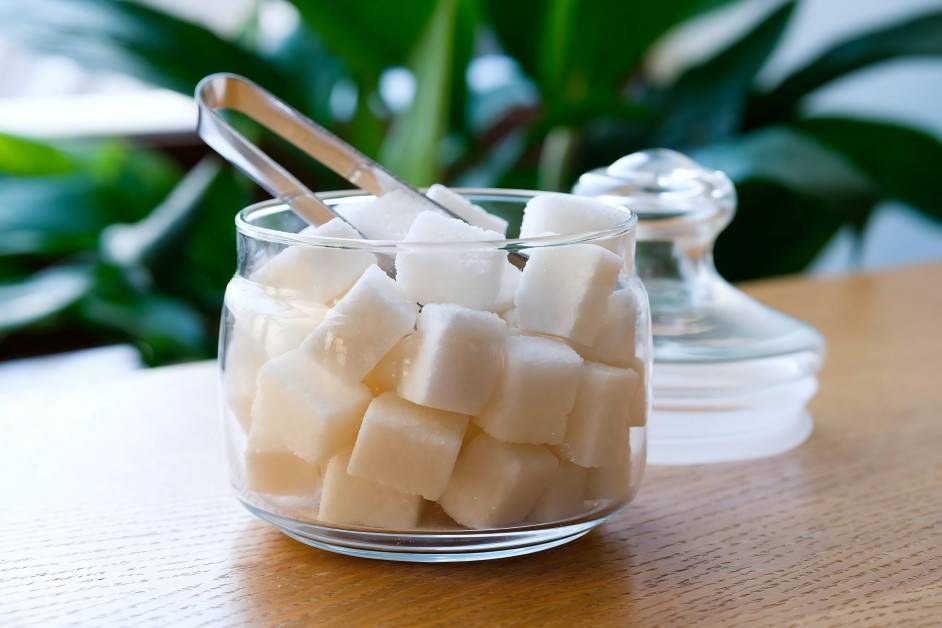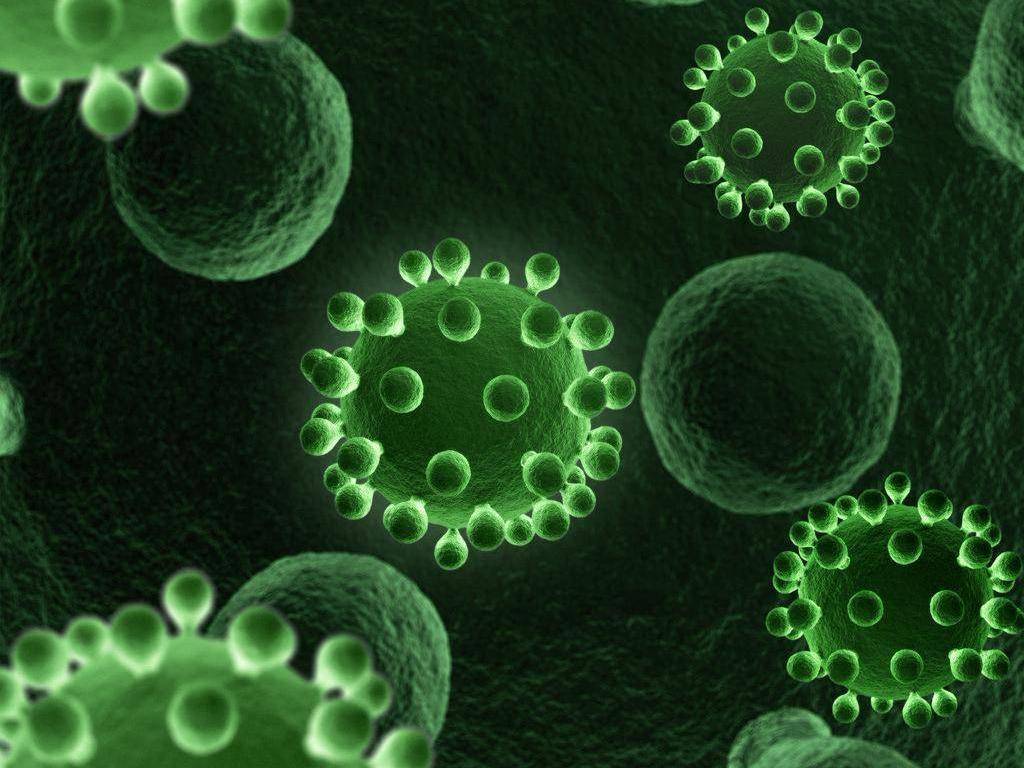What Is L Arabinose?
L Arabinose is a naturally occurring five-carbon monosaccharide. L-Arabinose belongs to the group of pentoses and occurs in the form of arabinogalactan, arabinoxylan, arabinose-based galactans and as a hemicellulose in higher plants. Free L-arabinose is only found in fermented foods such as tempeh and rice wine. L-arabinose itself has a sweet taste, half as sweet as sucrose, and is a sweetener that can be used as a substitute for sucrose. Recent studies have found that L-arabinose inhibits sucrose absorption in the small intestine [1], and this property will bring new ideas for the development of L-arabinose-based foods.
With increasing concern about obesity, high blood sugar, high blood lipids and diabetes, there will be more and more focus on the “healthy intake” of sugar in the diet, which also provides a broad market prospect for the application of L-arabinose.
1 Production Method of L Arabinose
L-arabinose needs to be isolated from the hemicellulose of plants (corn cobs and cores, peels and beet pulp are high in content). There are four main extraction methods:
First, using beets and other raw materials, alkaline hydrolysis, acid neutralization, precipitation and filtration, and separation and crystallization are used to extract it;
Second, it can be prepared using biological methods, such as the use of Bacillus subtilis cultures to enzymatically digest substances containing L-arabinose;
Third, microorganisms can be used to absorb various heterosaccharides to increase the concentration of arabinose, and then further concentrated and crystallized for preparation;
Fourth, chemical synthesis, such as the use of rhamnose and other raw materials to prepare L-arabinose under the catalysis of hydrogen peroxide and acetic acid.
Among them, the process of acid-base hydrolysis is relatively mature and has been widely used in industrial production. However, the purification process is relatively complicated, and a large amount of waste acid and alkali are produced during the production process, which is easy to cause environmental pollution. In addition, warm hydrolysis may also produce some harmful by-products to the human body, which affects its application in the field of food and medicine.
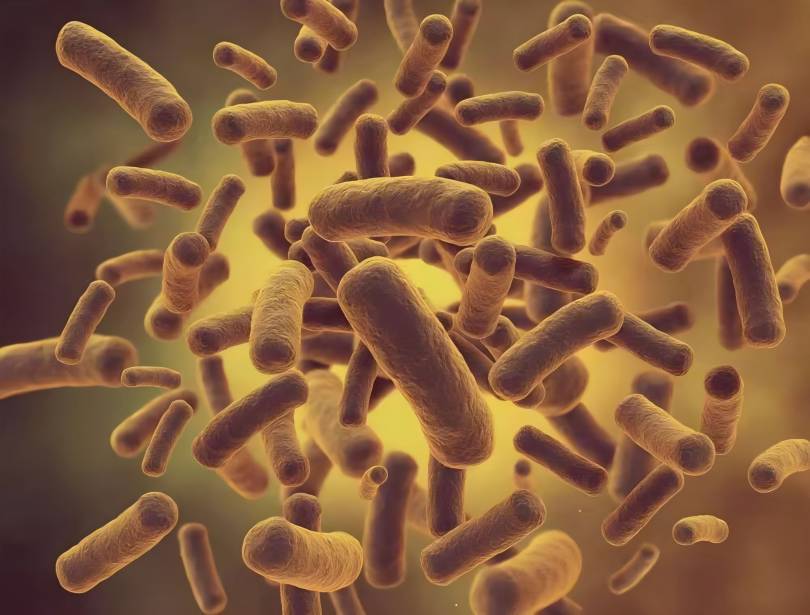
In recent years, the use of microbial enzymatic hydrolysis or selective fermentation and impurity removal methods to prepare L-arabinose has gradually emerged. This not only simplifies the production process and greatly reduces production costs, but also causes less pollution. It represents the future direction of industrial production of L-arabinose. However, the current bottleneck of this method lies in obtaining efficient enzymes or strains with high hydrolytic capacity. bottleneck lies in obtaining efficient enzymes or strains with high hydrolytic capacity, which requires the joint efforts of scientific and technological workers to use microbial engineering technology or modern biotechnology to modify existing enzyme-producing bacteria to further reduce the production cost of L-arabinose [2-9].
2 Health Benefits of Larabinose
2.1 Larabinose's Blood Glucose Regulation Effect
After being ingested, L-arabinose produces few calories and regulates the metabolic conversion of sucrose in the intestines of humans and animals. Studies have shown that L-arabinose can inhibit the absorption of sucrose by inhibiting sucrose hydrolase, thereby reducing the rise in blood glucose caused by sucrose intake. Studies have found that low concentrations of L-arabinose (2 mmol/L) can inhibit the activity of sucrase in the small intestine of pigs in vitro. Adding 2–3% L-arabinose to sucrose can reduce sucrose absorption by 60% in the small intestine. However, D-arabinose, the optical isomers of arabinose, and some disaccharide forms of arabinose do not have this effect [1].
In addition, studies have shown that L-arabinose administration can reduce postprandial blood glucose levels in mice and rats fed sucrose [1, 10-11]. Seri K et al. [1] found that in mice after 2–3 weeks of uninterrupted consumption of high-sucrose food, the addition of L-arabinose can continuously inhibit the increase in blood glucose caused by sucrose-containing food, and directly reduce postprandial blood glucose by about 30%.
This proves that L-arabinose can not only control the increase in postprandial blood glucose caused by sucrose-containing food in vivo experiments but also inhibit the increase in blood glucose after prolonged sucrose intake. Some laboratories in China have also studied the blood glucose-regulating effect of L-arabinose in animals using sucrose as the carbohydrate source. In 2008, Zhou Kefu et al. from Xiamen University found that L-arabinose can significantly reduce fasting blood glucose in mice fed a high-sugar (10% sucrose) high-fat diet, enhance glucose tolerance, and effectively slow the trend of weight gain in mice [12]. Further experiments using rabbits as the research subject also confirmed that L-arabinose has the effect of lowering blood sugar and weight loss [13].

Similarly, in human experiments, Inoue S et al. [14] found that the intake of L-arabinose can lower postprandial blood glucose and show a certain dose-dependent relationship. This research group found that when normal people and diabetic patients consume desserts such as jelly, if 3% by weight of L-arabinose is added, postprandial blood glucose levels are lower than those in the control group. The Preuss HG group found that co-administration of L-arabinose and chromium from food sources can lower postprandial blood glucose [11].
When sucrose-fed rats were given a combination of L-arabinose, rat bean extract and hibiscus extract, it was found that L-arabinose had a significant inhibitory effect on the increase in blood sugar caused by sucrose intake, and its efficacy was much higher than that of the other two ”carbohydrate inhibitors” .
Another carbohydrate-based glucose-lowering product currently in use is acarbose. Compared with it, L-arabinose is more stable during metabolic processes in the body and has a higher affinity for sucrase, so its effect of inhibiting sucrose decomposition is more significant [1]. In addition, acarbose can inhibit the activity of many disaccharides and polysaccharide enzymes, including amylase. This “non-selective” inhibition causes side effects such as abdominal distension, mild diarrhea, and even intestinal obstruction in acarbose products [15]. In contrast, L-arabinose only inhibits sucrose hydrolase activity and does not accumulate in the body over the long term. The level of L-arabinose in the blood plasma returns to basal levels 8 hours after a meal. No significant side effects of L-arabinose have been found in studies to date.
However, the study also found that L-arabinose has no inhibitory effect on other disaccharide or polysaccharide hydrolases such as maltase, alginase, lactase and amylase. If sucrose is replaced with glucose or starch, substances such as soybean extract and hibiscus extract can inhibit postprandial blood glucose to a certain extent, but the blood glucose-inhibiting effect of L-arabinose is completely lost [1].
2.2 L-arabinose And Intestinal Health
Compared with the function of L-arabinose in inhibiting the increase in blood glucose caused by the decomposition of sucrose, there is insufficient evidence for the research on other functions of L-arabinose, and further verification is required.
Studies have found that in rats consuming 14C-labeled sucrose foods, the exhaled 14C-labeled CO2 accumulated after ingestion of L-arabinose was significantly reduced, and most of the 14C-labeled sucrose remained in the cecum [16]. In addition, the addition of L-arabinose can increase the wet weight of the rat cecum, and the total volatile organic acid content in the cecum increases significantly (the main organic acids that increase are acetic acid, propionic acid, lactic acid, malic acid and succinic acid), which reduces the pH of the cecal microenvironment [17].
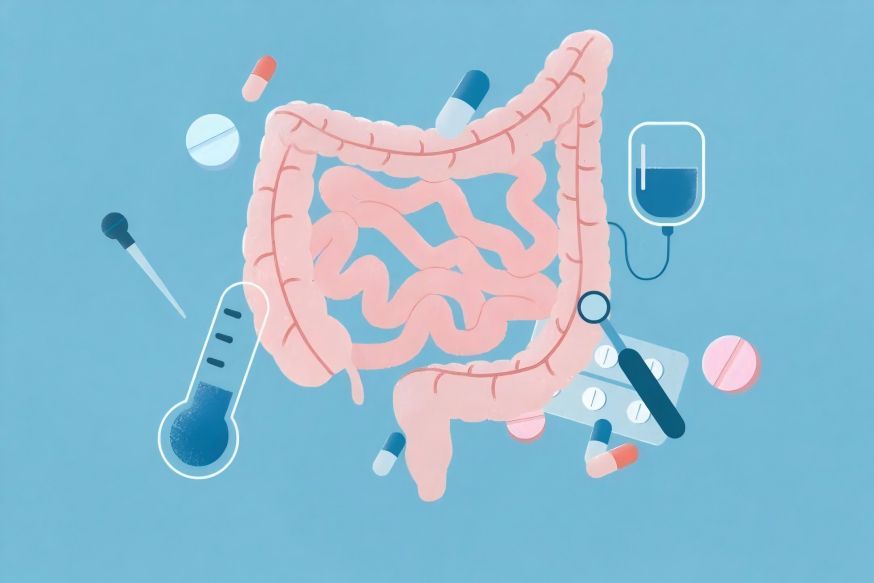
Researchers speculate that this is mainly due to two reasons: first, the bacteria in the small intestine can ferment L-arabinose to produce short-chain fatty acids and lactic acid; second, because L-arabinose inhibits the activity of sucrose-degrading enzymes in the small intestinal mucosa, and after sucrose degradation is blocked, the intestinal flora will ferment sucrose to produce acidic substances [18].
Previous studies have shown that an acidic intestinal environment is conducive to the growth of probiotics such as Bifidobacterium and Lactobacillus. However, it remains to be further confirmed whether the regulation of intestinal pH by a small amount of L-arabinose intake can significantly promote the growth of probiotics [19].
2.3 LArabinose Functions in Regulating Glycolipid Metabolism
L-arabinose powder also has health benefits in regulating glycolipid metabolism. A study showed that if several carbohydrates with “hypoglycemic” effects (31% L-arabinose, 19% soybean extract, 31% hibiscus extract, 12% garcinia cambogia extract, 6% green tea extract, and 1% apple extract) are mixed and glucose, starch and sucrose as the carbohydrate source for the rats, and after nine weeks, the glycated hemoglobin values of the rats were measured (reflecting the overall blood glucose level over the past 8–12 weeks). It was found that the “glycemic mixture” could effectively inhibit the increase in glycated hemoglobin in rats caused by carbohydrate intake, without significant side effects [20].
Osaki S et al. [21] found that adding 1% L-arabinose to food can inhibit the increase in sucrose content in food (0-30%, fed for 10 days) caused by an increase in the weight, plasma triglyceride concentration, hepatic fat metabolism enzymes (mainly acetyl coenzyme A carboxylase, fatty acid synthase and citrate lyase) and plasma insulin levels. However, when fructose and glucose were added instead of sucrose, the inhibitory effect of L-arabinose disappeared. Population trials have shown that daily intake of L-arabinose can inhibit postprandial blood glucose levels, insulin and C-reactive protein, and increase glucagon-like peptide, resulting in weight loss in adults without gastrointestinal side effects [23].
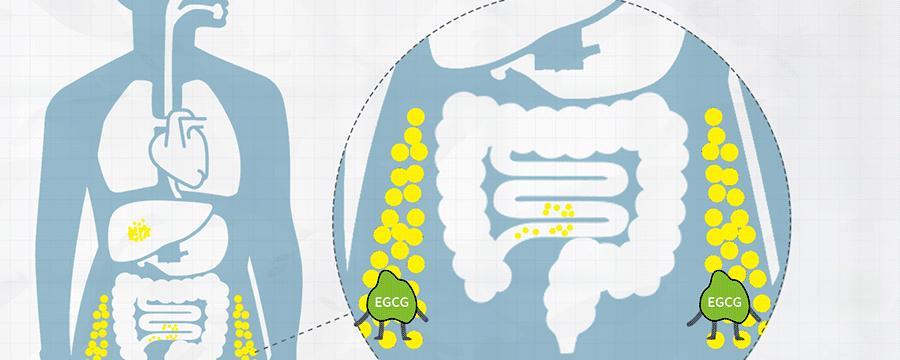
Krog-Mikkelsen I et al. [24] used volunteers (15 healthy subjects) to test the effect of L-arabinose on a series of glucose metabolism indicators after sucrose intake. It was found that after L-arabinose intake, postprandial blood glucose and insulin levels were reduced; they lowered, while the amount of GLP-1 in the blood plasma was higher. GLP-1 is a factor that can promote insulin secretion, so it is proven that the intake of L-arabinose can reduce blood glucose and lower insulin secretion [25]. The study also showed that L-arabinose intake did not affect postprandial triglyceride levels. At the same time, the study pointed out that a very small number of subjects in different groups experienced symptoms such as stomach bloating, mild diarrhea and nausea, but there was no statistical difference [24].
3 L-Arabinose Application
Since the 1990s, biologists and nutritionists have conducted in-depth research on L-arabinose. No significant side effects or physiological toxicity have been found after consumption of L-arabinose, and it is currently considered safe. The American Medical Association has listed it as a nutritional supplement and over-the-counter drug for anti-obesity, and the US Food and Drug Administration (FDA) has listed it as a food additive. In Japan, the Ministry of Health, Labour and Welfare's list of specific health foods includes L-arabinose as a special health food additive for regulating blood sugar. According to the announcement of Document No. 12 of 2008 by the Ministry of Health of the People's Republic of China, L-arabinose has been approved as a new resource food in China, and its scope of use is “all types of food, excluding infant food”.

The companies producing L-arabinose are mainly concentrated in Japan, the UK, Germany, Spain and China. It is currently believed that the target population for L-arabinose products mainly includes people with the “three highs” and those who are overweight, as well as people with diabetes, and to a certain extent, it can meet the health needs of high-end families. As an emerging healthy sugar, L-arabinose is expected to allow people with diabetes to enjoy the deliciousness of sucrose foods to a certain extent, and cater to people's psychological and practical needs for healthy psychological needs and practical needs. L-arabinose will likely be widely used in foods such as domestic sucrose, dairy products, pastries, bread, children's foods, ice cream, beverages, desserts, and chocolate, and will play an important role in improving people's quality of life and raising their standard of living. As research continues to deepen, the L-arabinose market will continue to expand.
4 Summary
Summarizing the results of various studies, the relatively clear function of L-arabinose at this stage is to inhibit the sucrose-degrading enzyme in the small intestine, thereby reducing sugar absorption and lowering blood sugar caused by the intake of sucrose-containing foods. However, a series of scientific questions remain to be answered, such as how L-arabinose can be consumed correctly and for a long period as a food that prevents the onset of diabetes, and its regulatory effects on glycolipid metabolism and intestinal flora.
Reference:
[1]SERI K ,SANAI K ,MATSUO N ,et al. Larabinose selectively inhibits intestinal sucrose in an uncompetitive manner and suppresses glycemic response after sucrose ingestion in animals[J]. Metabolism,1996,45 (11):1368-1374.
[2]Fang Yongliang, Zheng Heng, Yu Jianghe. Research progress of the functional sweetener L-arabinose [J]. Amino Acids and Biological Resources, 2009 (31): 8-12.
[3]CHENG H ,WANG H , LV J ,et al. A novel method to prepare L -Arabinose from xylose mother liquor by yeast mediated biopurification[J]. Microbial Cell Fac- tories,2011,10(1):43-53.
[4]ZHENG X , SHA L , LIANG J , et al. Protein purifi- cation, crystallization and preliminary X-ray diffraction analysis of l -arabinose isomerase from Lactobacillus fermentum CGMCC2921[J]. Acta Crystallographica,2015, 71(1):28-33.
[5]KIM YS , LIM YR , OH DK. LArabinose production from sugar beet arabinan by immobilized endo - and exo-arabinanases from Caldicellulosiruptor saccharolyti- cus in a packed-bed reactor[J]. Journal of Bioscience & Bioengineering,2012,113(2):239-241.
[6]YAN LI ,REN XZ ,WEI QI ,et al. A review of dilute-acid hydrolysis of lignocellulosic biomass[J]. Jour- nal of Jilin Institute of Chemical Technology,2009,156 (2):395-403.
[7]LIM YR ,YEOM SJ ,KIM YS ,et al. Synergistic pro- duction of Larabinose from arabinan by the combined use of thermostable endo- and exo-arabinanases from Caldicellulosiruptor saccharolyticus[J]. Bioresour Tech- nol,2011,102(5):4277-4280.
[8]BOUQUILLON S. D-Xylose and LArabinose-based- surfactants: Synthesis , reactivity and physic -chemical properties[J]. Comptes Rendus Chimie,2011,14(7-8): 716-725.
[9]AGUEDO M , VANDERGHEM C , GOFFIN D , et al. Fast and highyield recovery of arabinose from destarched wheat bran[J]. IndCrop Prod,2013,43(5): 318-325.
[10]SANAI K , SERI K , INOUS S. Inhibition of sucrose digestion and absorption by Larabinose in rats[J]. J Jpn Soc Nutr Food Sci,1997(50):133-137.
[11]PREUSS HG , ECHARD B , BAGCHI D , et al. Inhi- bition by natural dietary substances of gastrointestinal absorption of starch and sucrose in rats and pigs: 1 acute studies[J]. Int J Med Sci,2007,4(4):196-202.
[12]Zhou Kefu, Han Wei, Zhang Zhongying, et al. Effect of L-arabinose on body weight and glucose tolerance in mice fed with high-fat and high-sugar diet [J]. Journal of Xiamen University (Natural Science Edition), 2011, 47(6): 772-776.
[13]Han Wei, Wu Hanzhou, Yang Caixia. Experimental study on the hypoglycemic and weight loss functions of L-arabinose [J]. Chinese Journal of Traditional Chinese Medicine Information, 2010, 17(3): 39-40.
[14]INOUE S , SANAI K , SERI K. Remove from marked records effect of L -arabinose on blood glucose level after ingestion of sucrose -containing food in human [J]. J Jpn Soc Nutr Food Sci,2000(53):243-247.
[15]CONIFF R , SHAPIRO J , SEATON T , et al. Multi- center , placebo -controlled trial comparing acarbose (BAY g 5421) with placebo ,tolbutamide ,and tolbu- tamide-plus-acarbose in non-insulin-dependent dia-betes mellitus[J]. Am J Med,1995,98(5):443-451.
[16]SANAI K , SERI K , INOUE S. Inhibition of Sucrose digestion and absorption by L -Arabinose in rats[J]. Journal of Japanese Society of Nutrition & Food Sci- ence,1997,50(2):133-137.
[17]Wang Xin, Yao Xiaofen, Ying Yin, et al. Effect of L-arabinose on glycometabolism in type 2 diabetic rats [J]. Health Research, 2012, 41(2): 260-263+267.
[18]FUJII M , HATOZOE M , HOU DX. Effect of Lara- binose on serum neutral lipid , weights of fat pads and and cecum ,and organic acids in cecum in rats[J]. Appl Glycosci,2000,47(3/4).
[19]HIZUKURI S. Nutritional and physiological functions and uses of LArabinose[J]. J Appl Glycosci,1999,46(2):159-165.
[20]PREUSS HG ,ECHARD B ,BAGCHI D. Inhibition by natural dietary substances of gastrointestinal absorption of starch and sucrose in rats 2[J]. Subchronic Studies Int J Med Sci,2007,4(4):209-215.
[21]OSAKI S , KIMURA T , SUGIMOTO T , et al. LAra- binose feeding prevents increases due to dietary su- crose in lipogenic enzymes and triacylglycerol levels in rats[J]. J Nutr,2001,131:796-799.
[22]LIU X ,ZHU D ,SUN L ,et al. Effect of Larabinose on the postprandial blood glucose and body weight[J]. J Hyg Res,2013(42):295-297.
[23]KROG-MIKKELSEN I ,HELS O ,TETENS I. The ef- fects of l -arabinose on intestinal sucrase activity: dose-response studies invitro and human[J]. Am J Clin Nutr,2011,94(2):472-478.
[24]KAATS G , KEITH S , KEITH P. A combination of L -arabinose and chromium lowers circulating glucose and insulin levels after an acute oral sucrose chaL lenge[J]. Nutr J,2011(10):42.


 English
English French
French Spanish
Spanish Russian
Russian Korean
Korean Japanese
Japanese